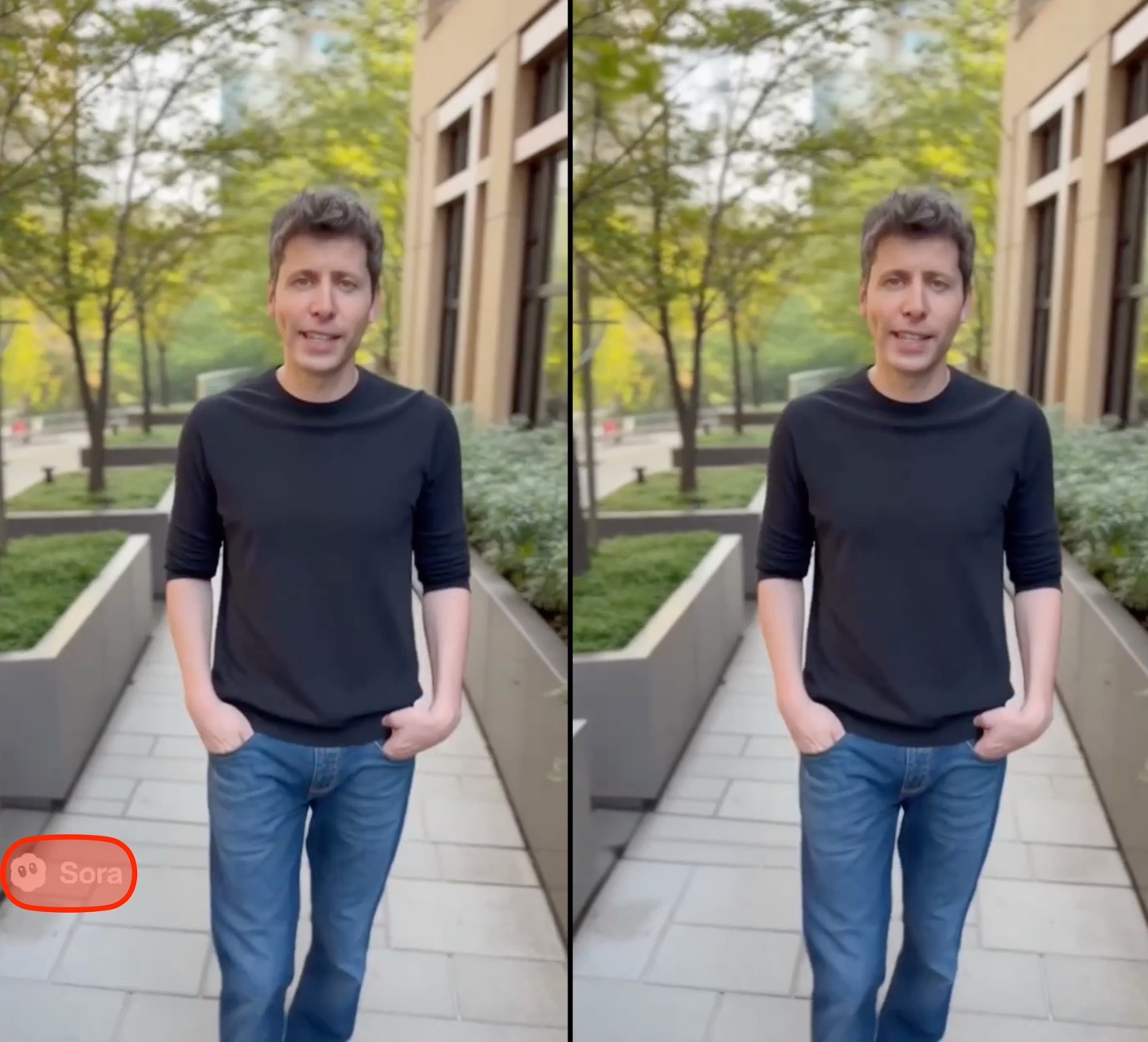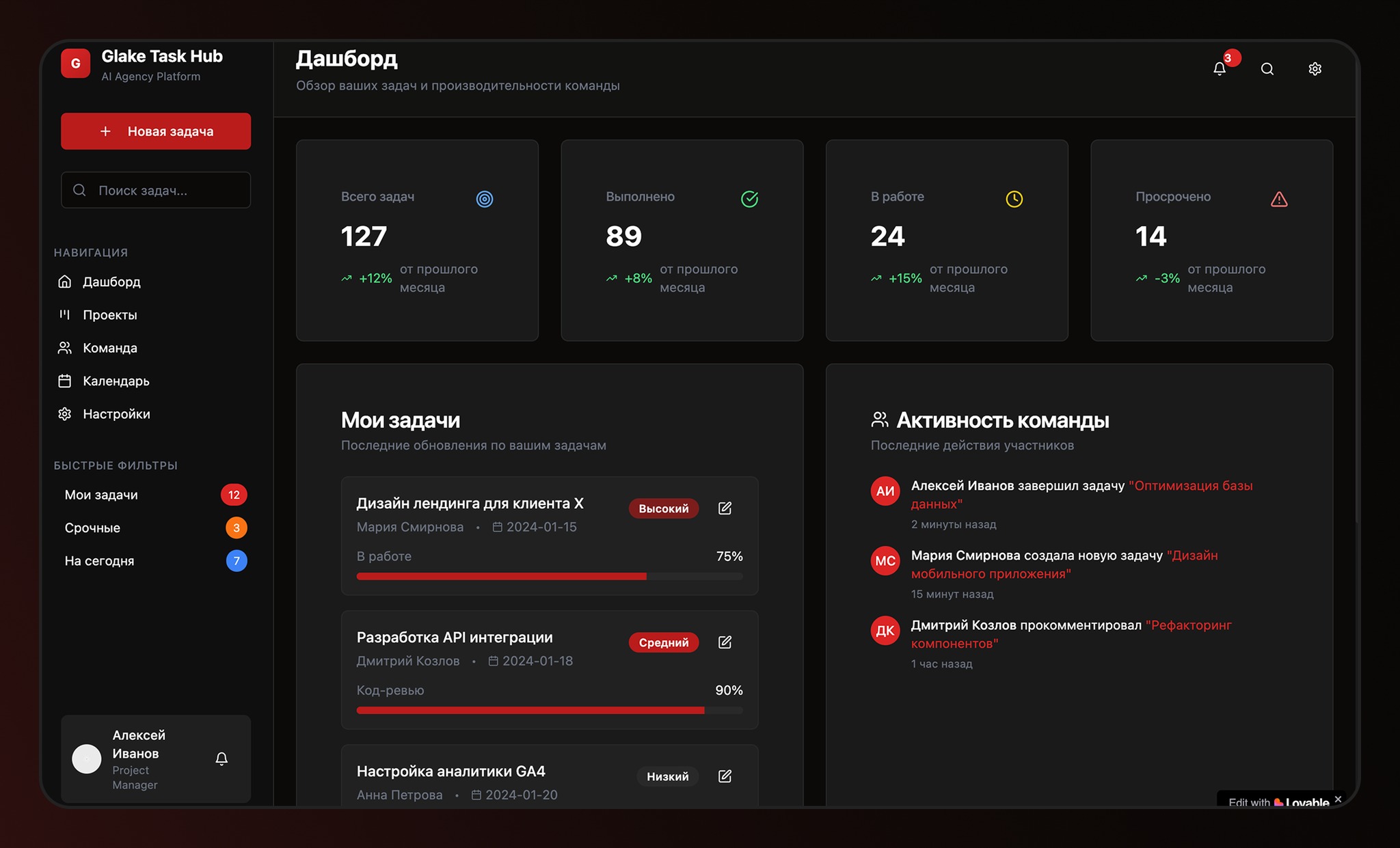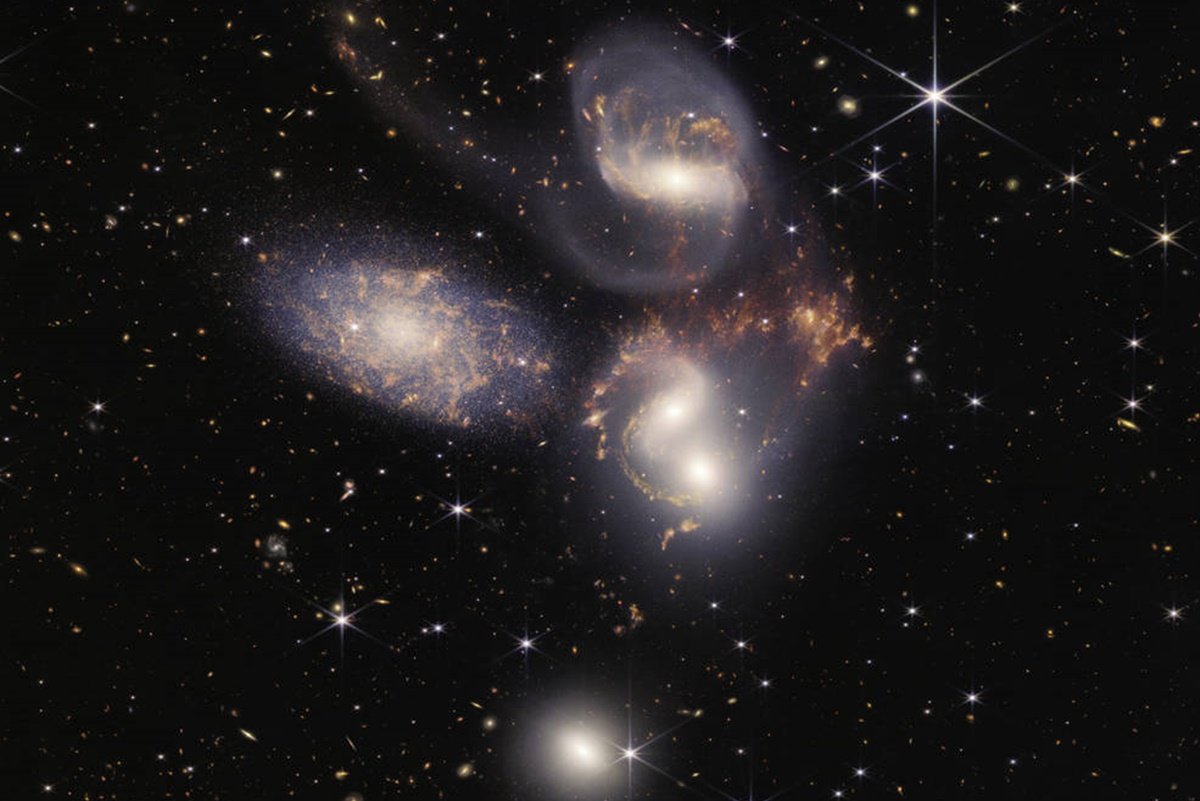Every week, TecMundo and #AstroMiniBR brings together five relevant and entertaining astronomical curiosities produced by the world’s collaborators. profile on twitter to spread the knowledge of this science, which is the oldest!
#1: James Webb vs. TESS
É legal comparar as imagens do James Webb com as antigas do Hubble, mas divertido mesmo é comparar com outros telescópios
Olha essa comparação do Quinteto de Stephan observada pelo telescópio TESS da NASA com a nova imagem do JWST. Deu uma melhoradinha né? :p#AstroMiniBR pic.twitter.com/ByTGyZMBud
— Elismar Lösch ?????????? (@LoschElismar) July 13, 2022
Earlier this week, Monday (11) and Tuesday (12), humanity saw the Universe for the first time through the eyes of the universe. James Webb Space Telescope (JWST). right in the middle nebula and distant galaxy clusters, Stephan’s QuintetA cluster of five galaxies, the stunning image captured by JWST containing more than 150 million pixels and created from nearly 1,000 individual image files.
Because of the enormous capacity and complexity for observing the universe in infrared – in addition to an extremely high spatial resolution, of course – this image from Stephan’s Quintet offers never-before-seen detail. In it, the effects of interactions between galaxies can be observed, such as gas, dust, and the long fibers and tails of stars that are pulled by the gravitational effects; they are all adorned with a beautiful surround of luminous clusters of millions of stars.
However, the observation of Stephan’s Quintet is not without precedent. The image above left shows the same cluster of galaxies observed by NASA’s TESS (Transiting Exoplanet Survey Satellite) telescope, whose main scientific purpose is to discover exoplanets in neighboring stars in the Solar System. The absurd contrast between these two images does not mean that TESS is a bad telescope, quite the contrary; it just means that high resolution for your space mission is indifferent to scientific research.
Between the two pictures above, I bet you can’t tell the difference, right?!
#2: Beautiful details of the Eta Carinae Nebula
A nebulosa Eta Carinae como você (e todo o mundo) nunca viu antes! O poder da câmera NIRCAM no telescópio @NASAWebb
mergulhando no gás de uma das mais ricas regiões de formação estelar que conhecemos! #AstroMiniBR pic.twitter.com/ucf8pW6xhH— Projeto Céu Profundo (@CeuProfundo) July 12, 2022
Another beautiful image presented to humanity this week by JWST was the image of the Eta Carinae Nebula (aka the Eta Carinae Nebula). Carina Nebula) with a surprising amount of detail.
The images above show a series of these details in the landscape, which is huge “mountains” of dust and gas filled with bright stars on all sides. The region is actually a cut in NGC 3324’s nebula and reveals for the first time large, young, bright stars that were previously hidden due to obscuring interstellar dust. The “peaks” of dust “mountains” and their cavernous fields were formed by the intense ultraviolet radiation and strong stellar winds of these newborn stars. The fine threads that seem to rise from the “mountains” are actually particles of ionized gas and hot dust flowing out of the nebula due to stellar radiation.
#3: Detail detail: a warped galaxy
Meu detalhe favorito da imagem do #JWST
Efeito de lente gravitacional causando uma distorção na imagem de uma galáxia distante devido á grande massa do aglomerado que está mais a frente e que funciona como uma lente#AstroMiniBR pic.twitter.com/xpPbQ1W4G0
— Mirian Castejon ?? (@MirianCastejon) July 12, 2022
The image of galaxy cluster SMACS 0723 released by the JWST team this week includes a detail shown in the figure above. Although it looks like a cell-shaped blob, the object is actually a galaxy distorted by the powerful effects of gravitational lensing on the cluster. This is because the combined mass of the galaxy cluster acts as a gravitational lens, magnifying more distant galaxies but also distorting their light, causing them to appear distorted from their original shape.
The effect of the gravitational lens is extremely important for analyzing ultra-deep objects in the Cosmos, including galaxies and stars that radiated their light when the Universe was very young and less than a billion years old.
#4: Water trail in the atmosphere of an exoplanet
e o tão esperado espectro do exoplaneta WASP-96b pelo telescópio espacial James Webb e o instrumento NIRISS!
espectros servem para nos mostrar a composição das coisas e, nesse caso, da atmosfera de WASP-96b. de cara, podemos ver vários sinais da presença de água ??#AstroMiniBR pic.twitter.com/7Vgg7fMTCj— yanna martins franco (@martins_yanna) July 12, 2022
Not only galaxies and nebulae will experience JWST! NASA’s space telescope will also study planets outside the Solar System and has already begun its work: exoplanet WASP-96b captured distinctive water signatures in its atmosphere, along with evidence of clouds and haze.
WASP-96b is one of more than 5,000 confirmed exoplanets in the Milky Way and is located about 1,150 light-years from us and orbits a Sun-like star in the constellation Phoenix. It is a gas giant with less than half the mass of Jupiter, but about 1.2 times larger in diameter. Detection of these signatures of water molecules represents an unprecedented leap forward in the study of exoplanets and their physicochemical compositions!
#5: First image of James Webb
tudo que vemos aqui é apenas um PEDACINHO do céu ????
seria como vc segurar um grão de areia com o braço esticado em direção ao céu. esse é o tamanho do pedaço do céu que vemos aqui!#AstroMiniBR pic.twitter.com/DlMv0JCjQ9
— Giovanna Liberato (@liberato_gio) July 12, 2022
Finally, let’s get back to the beginning. The photo above contains the first image taken by JWST, which was released to the world’s eyes earlier this week. This massive galaxy cluster is SMACS 0723 and is the first deep field of JWST and is also the deepest and sharpest infrared image ever taken of the distant Universe. What is impressive is that this image covers a piece of the sky roughly the size of a small grain of sand and represents only a small fraction of the cosmic vastness that surrounds us.
Source: Tec Mundo
I am Bret Jackson, a professional journalist and author for Gadget Onus, where I specialize in writing about the gaming industry. With over 6 years of experience in my field, I have built up an extensive portfolio that ranges from reviews to interviews with top figures within the industry. My work has been featured on various news sites, providing readers with insightful analysis regarding the current state of gaming culture.













